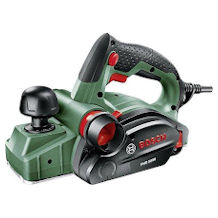Belt sander purchasing advice: how to choose the right product
- What you need to know
- A belt sander is a motorised, often portable sanding device for working on large surfaces of a wide variety of materials.
- When working with the device, criteria such as the sanding surface, power and belt speed must be taken into account.
- With extensions such as a hoover adapter, a belt centring device or different stops, you can achieve more comfortable handling.
- Sanding belts differ in their texture and material – choose the right type for your purpose.
How does a belt sander work?
A belt sander is a compact sanding machine that can be used to work on various materials. Two rollers, around which a belt of sandpaper is wound, are driven by a motor. Depending on the nature of the paper and the power of the machine, building materials such as wood, plastic or even metal can be sanded. Working with a belt sander gives furniture, doors or wooden parts a smoother surface, which is necessary, for example, if you want to apply a layer of glaze or paint. In addition, the belt sander is excellent for repairing rough edges or unevenness on materials.
As a rule, belt sanders work relatively coarsely, so they are mainly used for large surfaces where they provide quick and even results. With finer sandpaper, you can also do more detailed work or give surfaces an even smoother feel.
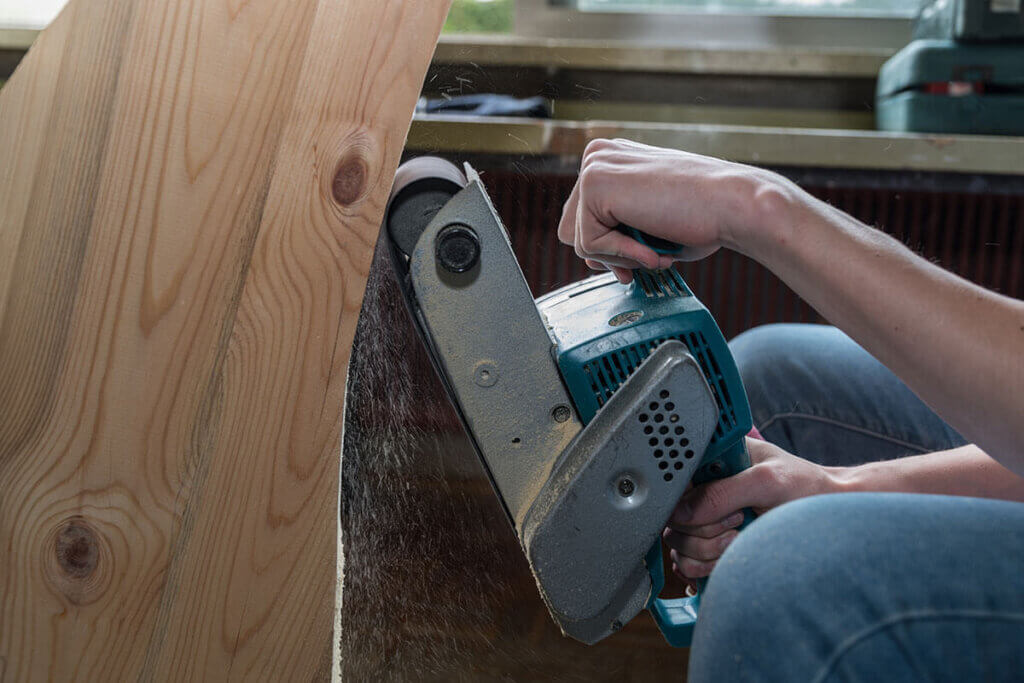
What should I look out for in belt sanders?
The portable belt sanders are ideally suited for working on large surfaces with little effort in a short time. However, they differ in their designs, which are differently suited for different purposes and work steps. Therefore, when buying, pay attention to the following criteria.
Sanding surface
The wider the sanding belt, the larger the area that can be worked with one movement. The most common models have a sanding width of between 7.5 and 10.0 centimetres. If you want to work on large areas in particular, you should choose a machine with the widest possible belt. However, there are also special sanders in a smaller format with a belt that is only one centimetre wide. These are well suited for model making, for example.
Power
For private crafts and occasional use, machines with a power of 700 to 900 watts are common. Soft materials such as plastic can also be processed well with a lower power of about 400 watts. More powerful devices are necessary if they are to run for several hours every day, for example in a business environment.
Speed
With a high speed of the belt, you achieve a large amount of material removal in a comparatively short time. The faster the belt runs, the faster you can process the work surface. It is advantageous if the belt sander offers the possibility to adjust the speed. Not all materials survive sanding at high speed without damage. You may also be able to work on larger surfaces more quickly.
Drive type
Normally, belt sanders are powered by mains electricity and cable. There are also models with rechargeable batteries. However, these usually produce a lower maximum power and have a very limited operating time. On the other hand, they are cordless and can therefore be used more flexibly. Pneumatic belt sanders are available as an alternative. These are much lighter and therefore easier to handle. However, they need an air compressor and are therefore limited in mobility. In addition, belt sanders of this type are somewhat more expensive.
Weight
A lighter tool is easier to handle. This is an advantage, especially for longer jobs or when you work vertically a lot. A heavier tool, on the other hand, means that you automatically exert more pressure and can thus remove more material.
Additional equipment
You can’t make an omelette without breaking eggs. Therefore, there are belt sanders that are already equipped with a collection bag for dust and sanding chips. Alternatively, some machines have a small adapter to which a hoover can be attached. This ensures that the workplace remains cleaner, but above all that you breathe in less dust.
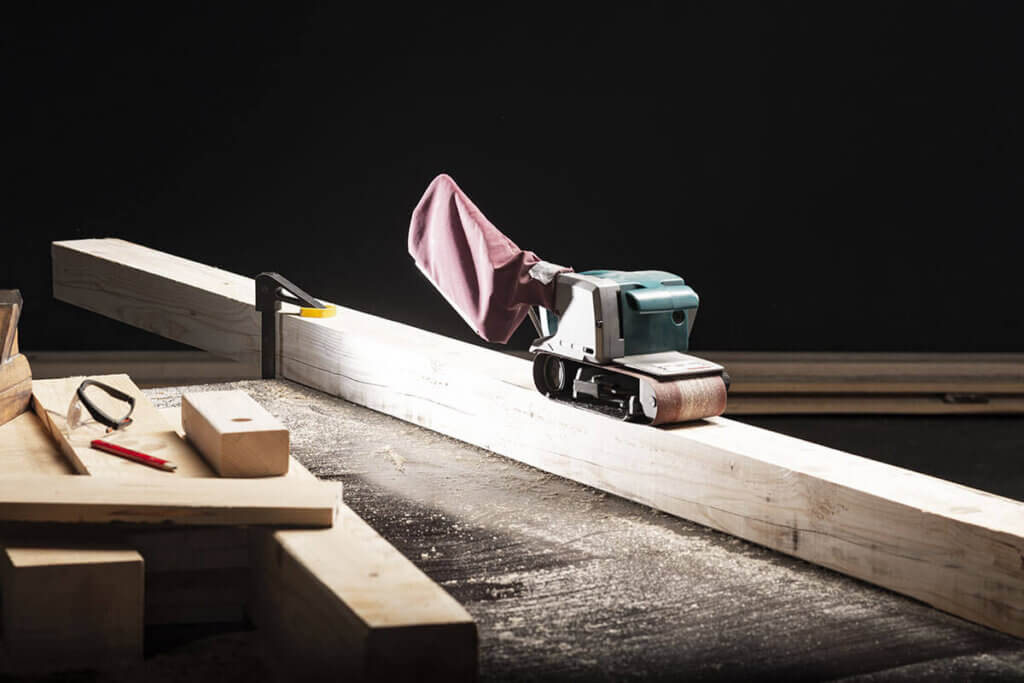
To convert the mobile belt sanders into stationary bench belt sanders, some models can be mounted upside down in a frame. In some situations, it can be advantageous to sand material in this way. A parallel and an angle fence also make some work steps easier, for example if you want to sand two surfaces exactly the same or at a right angle.
Thanks to the quick-clamping device, the screws can be loosened in just a few steps, so you can change the sanding belt quickly. An integrated belt centring system ensures that the sanding belt does not slip on the rollers.
Sanding belt has a big influence
When choosing a tool, consider not only the tool but also the sanding belt. With most tools, you can change the belt in a few simple steps and in a matter of seconds. The quality of the surface has an influence on the sanding result and service life.
Grain size
The grit on the European market is marked with the so-called P-value. The smaller the P-value, the larger the abrasive grains, which in turn results in a coarser surface of the sanding belt. Anything up to the P60 value results in very heavy abrasion of the material.
For solid wood, for example, a grit of P80 is suitable for coarse pre-sanding, P150 and higher for fine sanding. Sanding belts between P220 and P400 are used for materials that should have a visually perfect surface. Particularly fine grits beyond P400 are usually used for surfaces that are subsequently chrome-plated or painted.
Grit
Depending on the material, you also have to consider the scattering of the abrasive sand. A dense scatter with almost completely covered paper ensures a high stock removal and a long belt life. Such a scattering is particularly necessary for working on metal. A so-called semi-open grit with a coating of 70 to 80 percent is intended for hard wood and plastics. Such sandpaper is common for hobby and occasional work. An open grit between 50 and 70 percent produces a less fine sanding. However, it manages the same removal with less pressure and can be useful for soft wood and sticky surfaces.
| Dense scattering | Approx. 100 % of the belt surface covered with abrasive sand | For metals such as sheet metal or copper. |
| Semi-open coating | 70-80 % of the belt surface covered with abrasive sand | For hard wood, plastics |
| Open spread | 50-70 % of the belt surface covered with sanding sand | For soft wood, sticky surfaces |
Material
The coating of the sandpaper itself can also be made of different materials. Grains made of the mineral corundum are particularly suitable for most types of wood and are therefore the easiest to obtain commercially. Silicon carbide is extremely sharp-edged and durable, which makes it easier to work on metals. Flint or quartz are very fine and are suitable for soft wood or plastic. On the other hand, the sandpaper does not last as long.
How much do belt sanders cost?
If you only work with the sander sporadically and do not aim for filigree results, you probably do not need the most expensive device. Some manufacturers offer belt sanders for well under a hundred euros, and even models from renowned brands can be had for around 150 euros. As is so often the case, however, the upper limit is almost open, so that there are also belt grinders on the market for 300 euros and more. These often come with more extensive equipment or have higher performance. Those who value a wide range of functions usually have to dig a little deeper into their pockets.
Working wood properly
If you want to sand untreated wood surfaces, you will need several passes. In the first step, you do a coarse sanding with a low grit. Then repeat the sanding with a higher grit and finally with fine paper for the fine sanding. If you were to use sandpaper with a very high grit from the beginning, you would have to spend considerably more energy and time for the same area and would use up a lot of sanding belt.
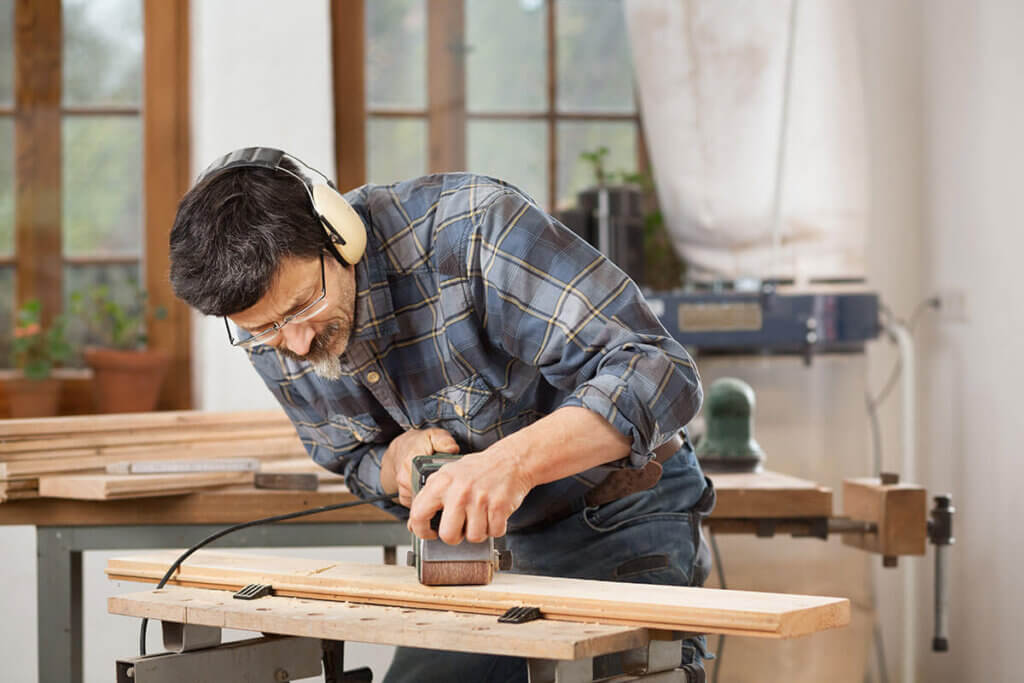
Observe uniformity
Always sand along the grain of the wood. Otherwise, cracks and fissures can easily appear in the wood, which are still visible even after a final treatment with paint or stain. In addition, you should always work in one direction, for example, not from the bottom to the top and then vice versa again or even diagonally. This can lead to an unattractive picture.
Do not exert too much pressure on the sander and always run it evenly over the surface. Even if you only hold it in one place for a second longer, you may end up with slight depressions due to too much material abrasion. Especially smaller pieces that you want to work on should be fixed on a workbench before sanding.
Moistening for straightened fibres
If you moisten the surface a little before the second sanding, for example with a sponge or a fine spray, the wood fibres will straighten up. This makes it easier to grasp them during the second sanding. You can repeat this process as often as you like for a higher success rate and thus a smoother surface.
Safety precautions
When working with a sanding machine, you should definitely pay attention to your safety. Even a brief contact with the running sanding belt can cause painful abrasions – so work gloves are a sensible precaution. Safety goggles will prevent chips and dust from getting into your eyes. Your respiratory tract also needs to be protected from this, so an appropriate protective mask should also be part of your equipment. Last but not least, it is advisable to wear earmuffs, especially when working for long periods.
Cleaning the grinder
To ensure that the belt sander lasts for a long time, you should clean it regularly – preferably after each working day. Otherwise, wood dust and chips as well as resins will settle on the unit and the sanding belt. This can lead to reduced performance. Superficial dirt can be easily removed with a soft brush or compressed air. If a liquid such as varnish or oil drips onto the unit, remove it immediately. During operation, it can heat up quickly due to the motor and get inside the belt grinder. Use as little water as possible for cleaning, at most a damp cloth. This will prevent liquid from getting inside the belt grinder and causing damage.
The abrasive belt is best cleaned with a small brass wire brush. Special rubber sanding belt cleaners are available in DIY stores. These are held carefully against the running belt to remove any residual material dust. But this is also possible with crumpled plastic foil, as the following video shows.
Alternative to the belt sander
Besides the regular belt sander, there are other portable sanders that are beneficial for different applications.
The orbital sander has a rectangular sanding surface that works with vibrating movements. The speed and deflection of the movements can usually be adjusted and thus adapted to different materials. Edges and corners are also no big problem.
The so-called eccentric sander works very finely and with much less material abrasion than a belt sander. It is quite similar to the orbital sander, but works with a rotating, round surface. With this version, even polishing is possible, and it is also well suited for sanding curves.
The delta sander is equipped with a triangular head that resembles the surface of an iron. This is not only good for sanding edges or corners, you can also get into some spaces with it.
The angle grinder – also called a flex – is not only used to grind down very hard surfaces of stone or metal. With the right grinding wheel and a little effort, such materials can also be cut through.
The drywall sander, on the other hand, can be used to smooth large surfaces and remove residues such as filler or wallpaper residue. This sander can be combined with a telescopic pole so that you can work on the ceiling or other high-lying surfaces.
Image 1: © alho007 / stock.adobe.com | Image 2: © Vesna / stock.adobe.com | Image 3: © Ingo Bartussek / stock.adobe.com

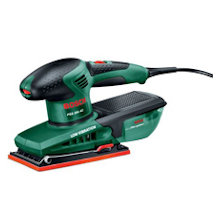
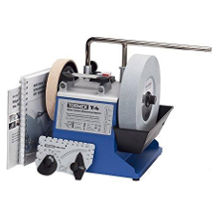
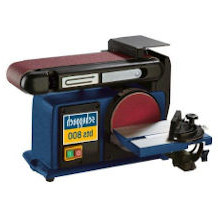
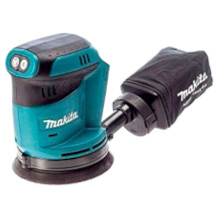
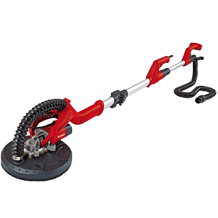
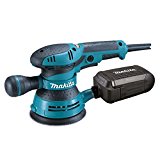
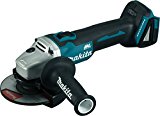
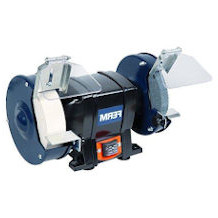
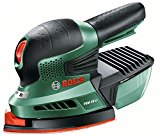
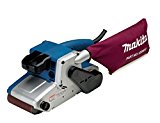
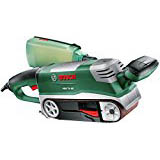
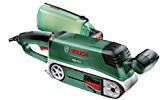
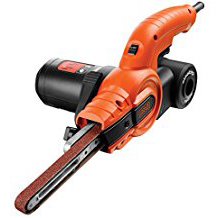
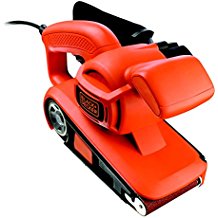
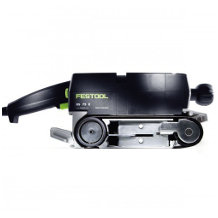
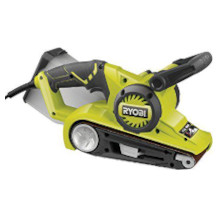
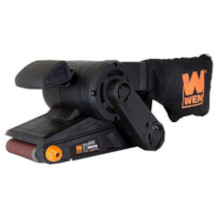
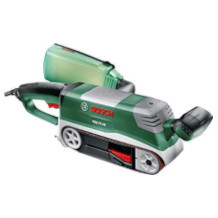
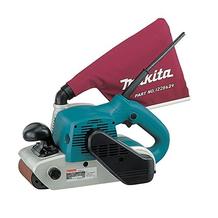
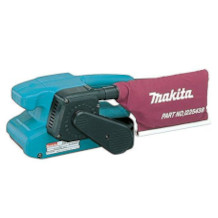
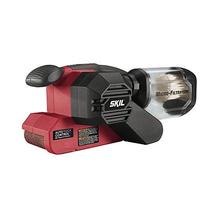
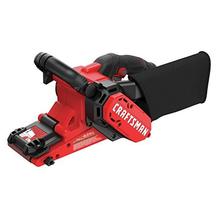
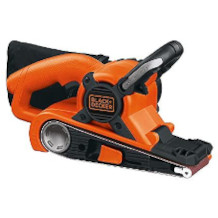
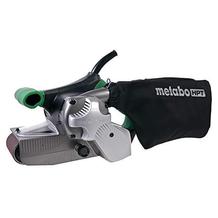

 2,196 reviews
2,196 reviews




